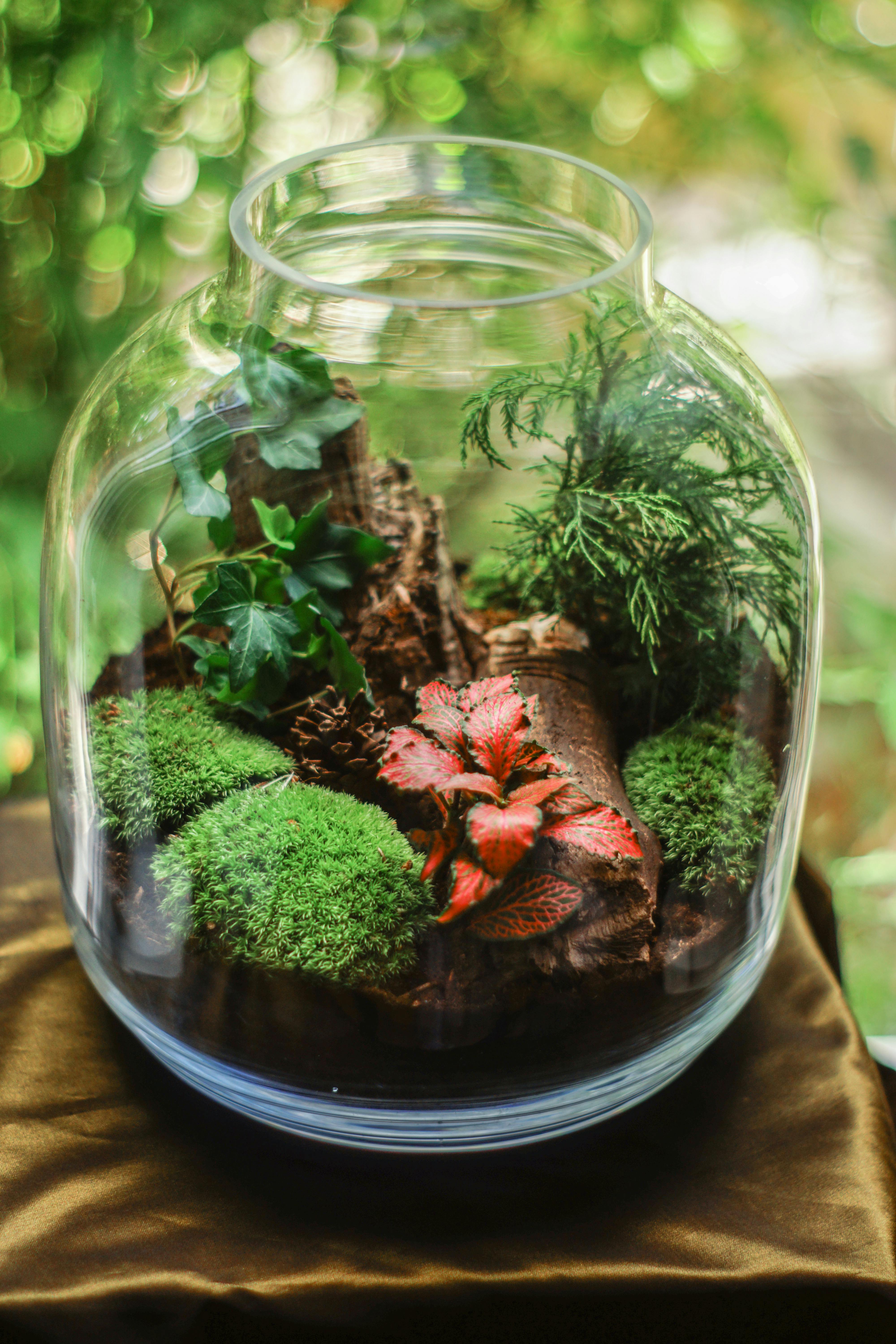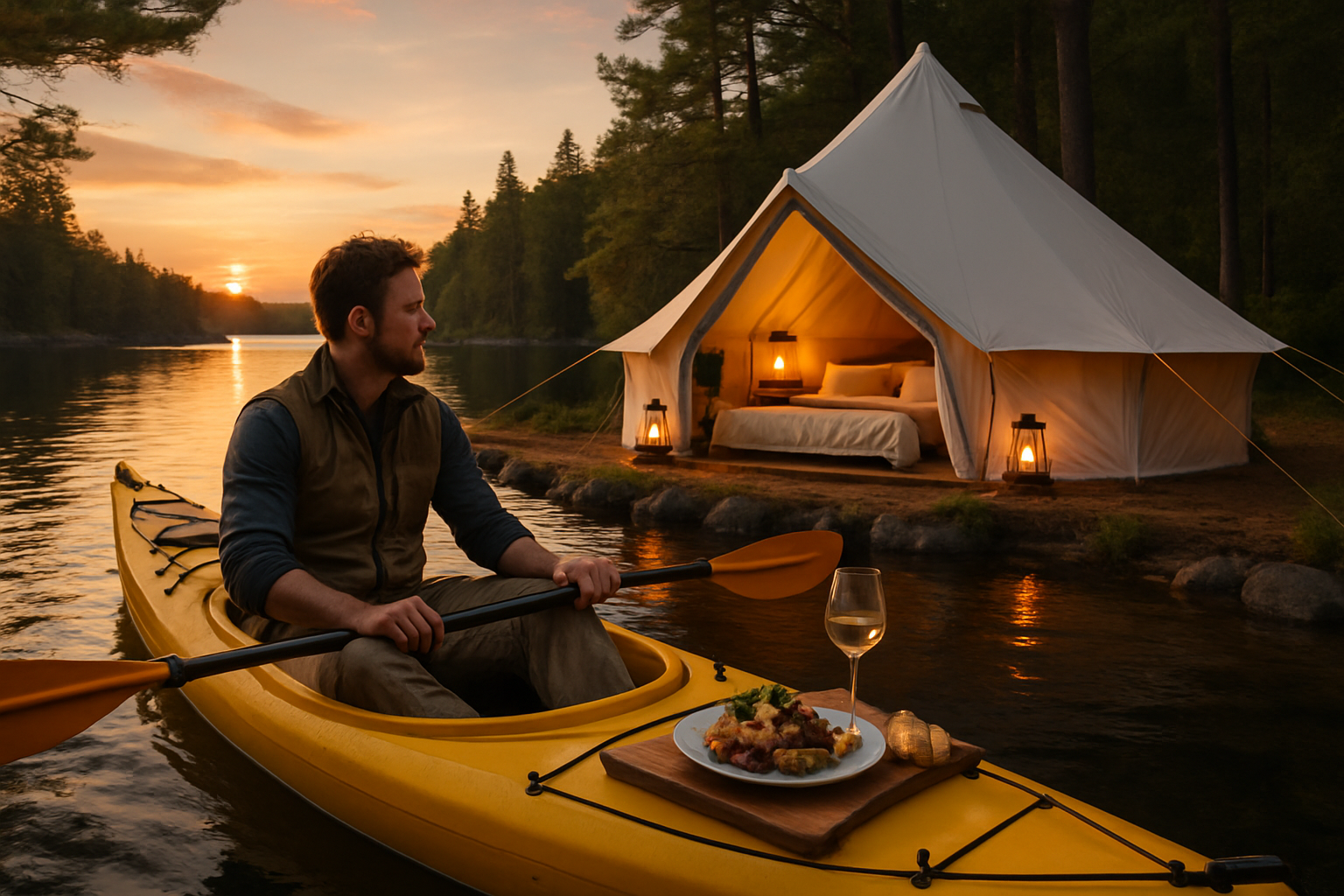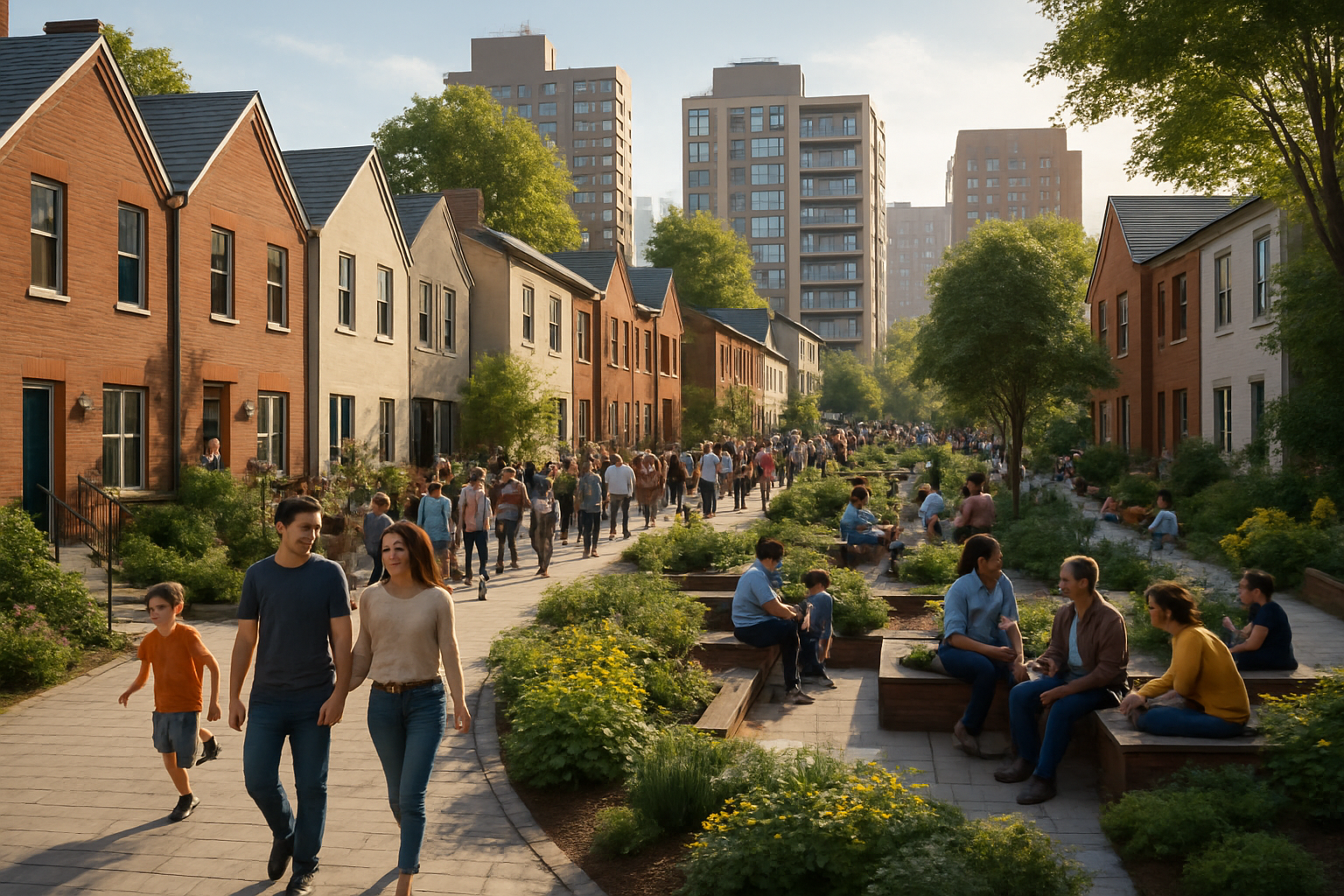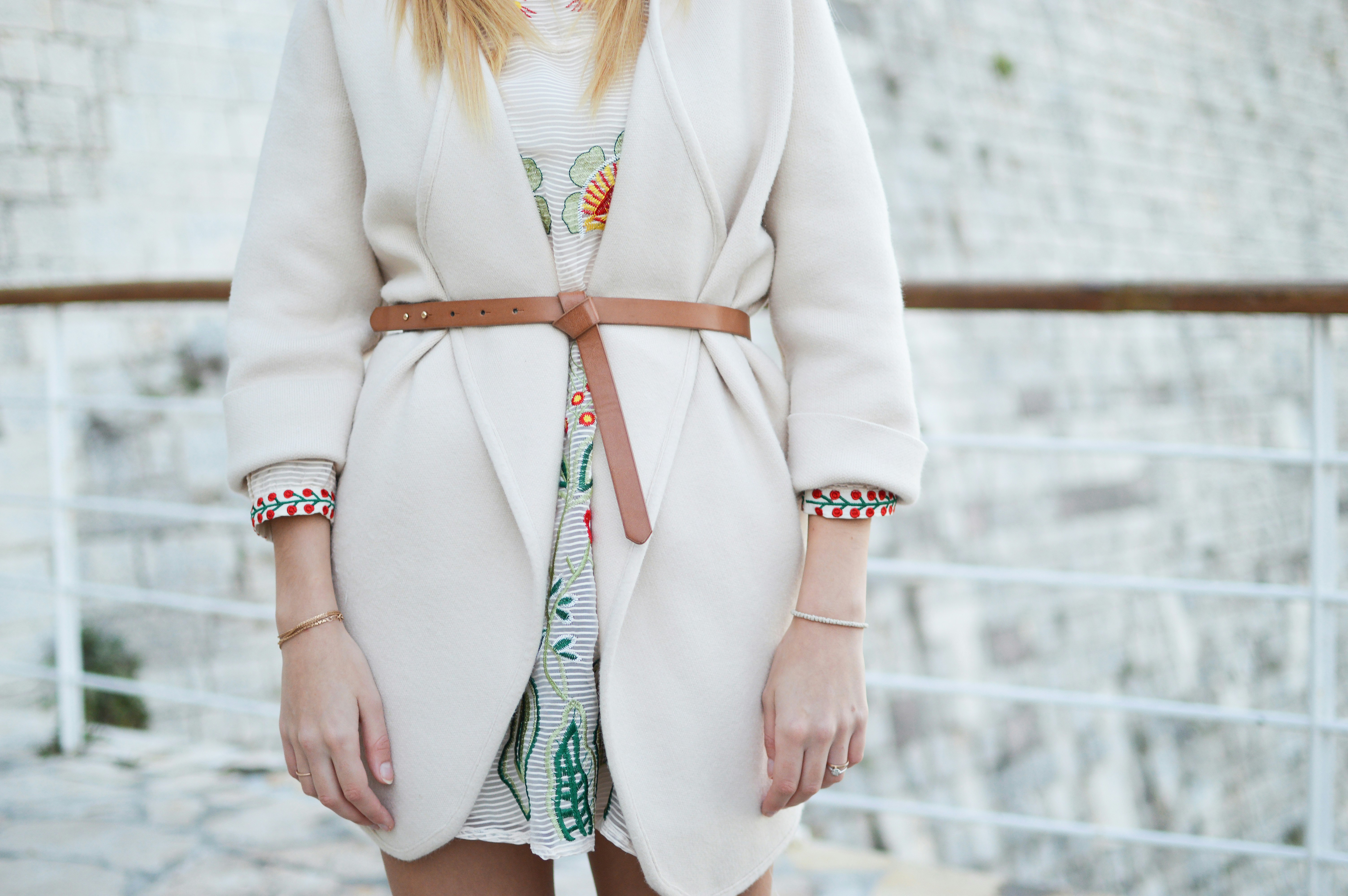Terrarium Tables: Blending Nature with Functional Furniture
Imagine a coffee table that's not just a surface for your magazines and remote controls, but a living, breathing ecosystem right in your living room. Welcome to the world of terrarium tables, where furniture design meets miniature landscapes, bringing a slice of nature indoors in the most unexpected way. This innovative trend is captivating homeowners and interior designers alike, offering a fresh take on biophilic design that goes beyond potted plants and living walls.

Design Principles and Aesthetics
At its core, a terrarium table features a sealed or partially open glass enclosure built into the table’s structure. This enclosure houses a carefully curated miniature landscape, complete with soil, plants, and sometimes even small figurines or rocks. The design possibilities are vast, ranging from sleek, modern coffee tables with built-in terrariums to more rustic side tables that showcase natural elements.
Designers often opt for low-maintenance plants such as succulents, air plants, and mosses, which thrive in the controlled environment of a terrarium. The challenge lies in balancing the aesthetic appeal of the mini-ecosystem with the table’s functionality. Many designs incorporate LED lighting to ensure plant health and create ambiance, while others feature removable glass tops for easy maintenance.
Crafting Your Own Terrarium Table
For the DIY enthusiasts, creating a terrarium table can be an exciting project. It begins with selecting the right table—preferably one with a recessed top or a built-in compartment. The terrarium itself requires careful layering: a base of pebbles for drainage, activated charcoal to keep the ecosystem fresh, and a suitable soil mix for the chosen plants.
The plant selection is crucial. Opt for varieties that share similar care requirements and grow slowly to maintain the terrarium’s balance. Miniature ferns, peperomias, and fittonias are popular choices, offering varied textures and colors. The key is to create a self-sustaining environment that requires minimal intervention.
The Benefits of Living Furniture
Terrarium tables offer more than just aesthetic appeal. They bring a host of benefits to indoor spaces:
-
Air Purification: Like all plants, terrarium inhabitants help cleanse the air, removing toxins and producing oxygen.
-
Stress Reduction: Studies have shown that interaction with nature, even in small doses, can reduce stress and improve mental well-being.
-
Educational Value: For families, terrarium tables offer an opportunity to teach children about ecosystems and plant care.
-
Humidity Control: In dry environments, these mini-ecosystems can help increase humidity levels, benefiting both human occupants and other houseplants.
Maintenance and Care
While terrarium tables are designed to be low-maintenance, they’re not entirely self-sufficient. Regular monitoring is essential to ensure the ecosystem remains balanced. This includes occasional pruning, removing any dead plant material, and adjusting moisture levels if necessary.
Most terrarium tables feature access points for care, but some may require more elaborate maintenance procedures. It’s crucial to consider this aspect when choosing or designing a terrarium table, ensuring that it fits with your lifestyle and willingness to perform upkeep.
The Future of Terrarium Tables
As the lines between nature and interior design continue to blur, terrarium tables are poised to evolve further. We’re seeing experiments with aquatic terrariums, incorporating small water features or even miniature aquascapes into table designs. There’s also a trend towards more technologically advanced terrarium tables, featuring automated misting systems and smart lighting that mimics natural day-night cycles.
The concept is expanding beyond coffee tables, too. Designers are now exploring terrarium desks, dining tables, and even kitchen islands, bringing nature into every corner of the home. As urbanization increases and outdoor spaces become more limited, these innovative furniture pieces offer a way to maintain a connection with nature, no matter where you live.
Incorporating Terrarium Tables into Your Decor
When integrating a terrarium table into your home, consider it a focal point. These pieces naturally draw attention, so placement is key. They work well in living rooms, sunrooms, or even in entryways, where they can make a striking first impression.
Color coordination is another important factor. The lush greens of the terrarium can complement a variety of color schemes, from neutral palettes to bold, vibrant hues. For a cohesive look, echo the terrarium’s elements in other decor pieces—perhaps with botanical prints or natural textures in your soft furnishings.
The Environmental Impact
In an era where sustainability is paramount, terrarium tables offer an intriguing proposition. They encourage a deeper connection with nature, potentially fostering more eco-conscious behaviors. Moreover, when designed thoughtfully, these pieces can be long-lasting, reducing the need for frequent furniture replacements.
However, it’s important to source materials responsibly. Look for tables made from sustainable woods or recycled materials, and choose plants that are ethically sourced and not harmful to local ecosystems if they were to escape into the wild.
Conclusion
Terrarium tables represent a fascinating intersection of design, nature, and functionality. They offer a unique way to bring the outdoors in, creating living art that serves a practical purpose in our homes. As we continue to seek ways to reconnect with nature in our increasingly urban lives, these innovative pieces of furniture provide a tangible, beautiful solution. Whether you’re a plant enthusiast, a design aficionado, or simply someone looking to add a touch of whimsy to your living space, terrarium tables offer a world of possibilities—quite literally at your fingertips.





